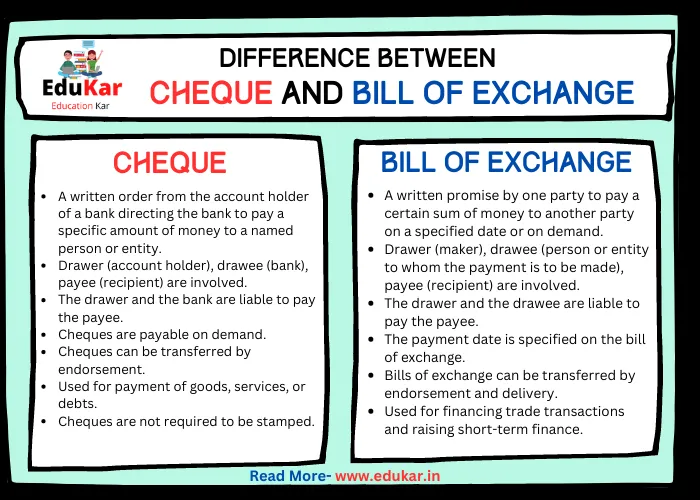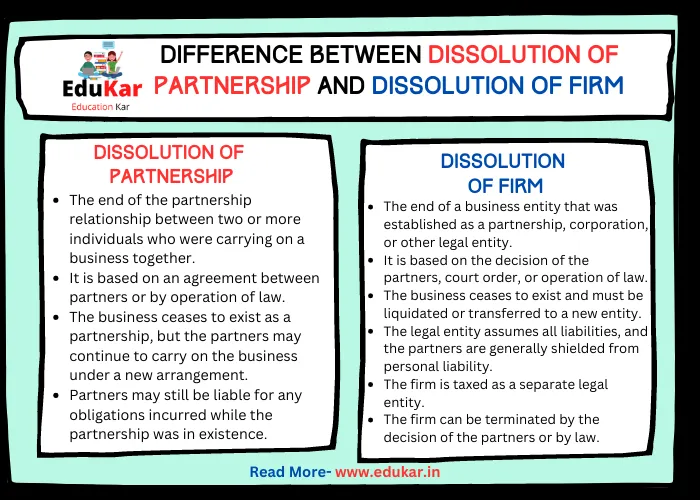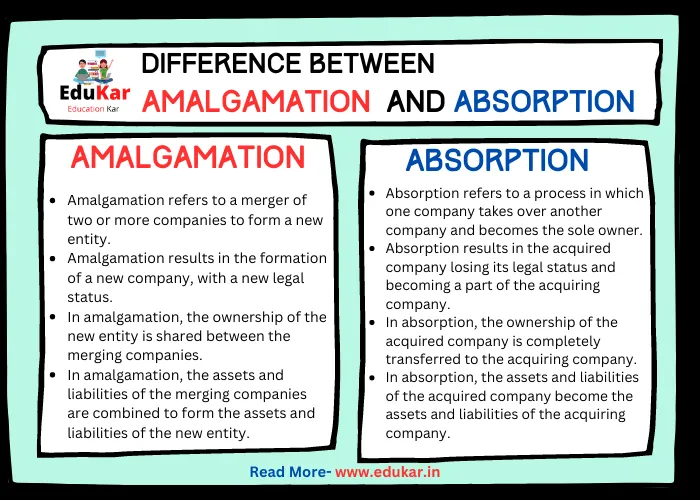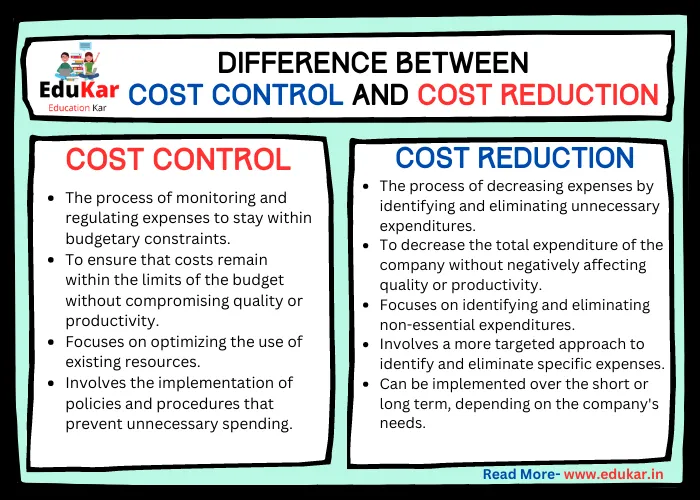Contents
- 1 Introduction
- 2 What is Bailment?
- 3 What is Pledge?
- 4 Differences between Bailment and Pledge
- 5 Similarities between Bailment and Pledge
- 6 Conclusion
- 7 FAQs
- 7.1 What is Bailment?
- 7.2 What is Pledge?
- 7.3 What is the main difference between bailment and pledge?
- 7.4 Can a bailment involve the transfer of ownership?
- 7.5 Can a pledge involve the transfer of possession?
- 7.6 What is the purpose of bailment?
- 7.7 What is the purpose of pledge?
- 7.8 Can the pledgor redeem the property in a pledge?
- 7.9 What are some examples of bailment?
- 7.10 What are some examples of pledge?
- 7.11 What are the rights and obligations of the bailee in a bailment?
- 7.12 What are the rights and obligations of the pledgee in a pledge?
- 7.13 Can a bailment be terminated early?
- 7.14 Can a pledge be terminated early?
Learn the key differences between bailment and pledge in this informative blog. Understand the legal concepts, purpose, and rights and obligations of the parties involved in each process. Find answers to frequently asked questions and enhance your understanding of these important legal concepts.

Introduction
Bailment and pledge are two legal concepts that are often used interchangeably but are fundamentally different. Both involve the transfer of possession of property, but there are key differences between the two. Understanding these differences is important, as they can affect the rights and obligations of the parties involved.
What is Bailment?
A bailment occurs when one person (the bailor) delivers possession of personal property to another person (the bailee) for a specific purpose, but without transferring ownership. The bailee has the right to possess the property, but not the right to sell or use it for any purpose other than the purpose for which it was delivered. The bailor retains ownership of the property and has the right to terminate the bailment at any time.
Characteristics of Bailment
Delivery of possession: In a bailment, the bailor delivers possession of the property to the bailee. The bailee has the right to possess the property but does not have ownership of it.
Specific purpose: The bailor delivers the property to the bailee for a specific purpose, such as storage or repair. The bailee must use the property only for that specific purpose.
No transfer of ownership: The bailor retains ownership of the property throughout the duration of the bailment. The bailee has only the right to possess the property for the specified purpose.
Duty of care: The bailee has a duty of care to take reasonable care of the property while it is in their possession.
Right to terminate: The bailor has the right to terminate the bailment at any time, and the bailee must return the property to the bailor.
Types of Bailment
1. Gratuitous bailment: A bailment where the bailee does not receive any compensation for their services.
2. Bailment for reward: A bailment where the bailee receives compensation for their services.
3. Bailment for the sole benefit of the bailor: A bailment where the bailee receives no benefit from the bailment, and it is solely for the benefit of the bailor.
4. Bailment for the sole benefit of the bailee: A bailment where the bailor receives no benefit from the bailment, and it is solely for the benefit of the bailee.
What is Pledge?
Pledge is a transaction in which a person (the pledgor) transfers possession of personal property to another person (the pledgee) as security for a debt or obligation. The pledgee has the right to sell the property if the pledgor fails to fulfill their obligation. Unlike bailment, pledge involves the transfer of ownership of the property.
Characteristics of Pledge
Transfer of ownership: In a pledge, the pledgor transfers ownership of the property to the pledgee as security for a debt or obligation.
Specific purpose: The property is pledged as security for a specific debt or obligation.
Right to sell: If the pledgor fails to fulfill their obligation, the pledgee has the right to sell the property to recover the debt.
Duty of care: The pledgee has a duty of care to take reasonable care of the property while it is in their possession.
Right to possess: The pledgee has the right to possess the property until the debt is paid.
Transfer of ownership: If the debt is not paid, the pledgee can sell the property and keep the proceeds to satisfy the debt.
Types of Pledge
1. Pledge of goods: This involves the pledge of tangible goods, such as inventory or equipment, as security for a debt.
2. Pledge of securities: This involves the pledge of securities, such as stocks or bonds, as security for a debt.
Differences between Bailment and Pledge
| Bailment | Pledge | |
|---|---|---|
| Nature of transaction | Bailment refers to the transfer of possession of goods from one person to another person for a specific purpose, without transferring ownership. | Pledge refers to the transfer of possession of goods as security for a loan, with the intention of transferring ownership if the loan is not repaid. |
| Ownership | The ownership of the goods remains with the bailor (person who delivers the goods) throughout the transaction. | Ownership of the goods is transferred to the pledgee (person who receives the goods) if the borrower fails to repay the loan. |
| Purpose | The purpose of bailment is to provide temporary use of the goods or to safeguard them until they can be returned to the bailor. | The purpose of pledge is to secure the loan and ensure repayment. |
| Type of contract | Bailment is a gratuitous contract, which means that there is no exchange of money involved. | Pledge is a contract that involves a monetary exchange, as the pledgee provides a loan to the borrower. |
| Responsibility | The bailee (person who receives the goods) is responsible for the safekeeping of the goods, but is not liable for any damage or loss that occurs due to unforeseen circumstances. | The pledgee assumes complete responsibility for the goods and must ensure their safekeeping throughout the transaction. |
| Return of goods | The goods must be returned to the bailor once the purpose of the bailment has been fulfilled. | The goods are returned to the borrower if the loan is repaid in full, or ownership is transferred to the pledgee if the loan is not repaid. |
| Termination | Bailment ends when the purpose of the bailment has been fulfilled, or when the bailor demands the return of the goods. | Pledge ends when the loan has been repaid in full, or ownership of the goods is transferred to the pledgee if the loan is not repaid. |
| Legal remedy | The bailor can take legal action against the bailee if the goods are not returned or are damaged while in the bailee’s possession. | The borrower can take legal action against the pledgee if the goods are not returned or are damaged while in the pledgee’s possession. |
| Possession | The bailee has temporary possession of the goods and can use them for the specific purpose agreed upon. | The pledgee has possession of the goods throughout the transaction and can use them as collateral if necessary. |
| Transferability | The goods can be transferred to a third party with the bailor’s consent. | The goods cannot be transferred to a third party without the borrower’s consent. |
Similarities between Bailment and Pledge
While there are significant differences between bailment and pledge, there are also some similarities:
- Both involve the transfer of possession of property.
- Both involve a duty of care to take reasonable care of the property while it is in the possession of the bailee or pledgee.
- Both involve a transfer of property rights, either temporarily in the case of bailment, or permanently in the case of pledge.
Conclusion
Bailment and pledge are two legal concepts that are often confused, but are fundamentally different. Bailment involves the transfer of possession of property for a specific purpose, without transferring ownership. Pledge, on the other hand, involves the transfer of ownership of property as security for a debt or obligation. Understanding the differences between the two is important, as it can affect the rights and obligations of the parties involved.
FAQs
What is Bailment?
Bailment is a legal concept that involves the transfer of possession of property from one person, known as the bailor, to another person, known as the bailee, for a specific purpose.
What is Pledge?
Pledge is a legal concept that involves the transfer of ownership of property from one person, known as the pledgor, to another person, known as the pledgee, as security for a debt or obligation.
What is the main difference between bailment and pledge?
The main difference between bailment and pledge is the nature of the relationship between the parties involved. In bailment, the relationship is one of bailment, where the bailee has possession of the property, but not ownership. In pledge, the relationship is one of security, where the pledgee has ownership of the property, and the pledgor has a security interest in the property.
Can a bailment involve the transfer of ownership?
No, a bailment does not involve the transfer of ownership. The bailor retains ownership of the property, and the bailee only has possession of the property for a specific purpose.
Can a pledge involve the transfer of possession?
Yes, a pledge can involve the transfer of possession of the property to the pledgee. However, unlike in bailment, the pledgee has ownership of the property, not just possession.
What is the purpose of bailment?
The purpose of bailment is to transfer possession of property from the bailor to the bailee for a specific purpose, such as storage, transportation, or repair.
What is the purpose of pledge?
The purpose of pledge is to provide security for a debt or obligation. The pledgor transfers ownership of the property to the pledgee as collateral until the debt or obligation is satisfied.
Can the pledgor redeem the property in a pledge?
Yes, the pledgor has the right to redeem the property by paying the debt or obligation.
What are some examples of bailment?
Some examples of bailment include leaving your car with a valet, storing your belongings in a storage facility, or lending your lawnmower to a neighbor.
What are some examples of pledge?
Some examples of pledge include taking out a loan using your car as collateral, using your stock portfolio as collateral for a loan, or putting up your home as collateral for a mortgage.
What are the rights and obligations of the bailee in a bailment?
The bailee has a duty of care to take reasonable care of the property while it is in their possession. They must also return the property to the bailor once the purpose of the bailment has been fulfilled.
What are the rights and obligations of the pledgee in a pledge?
The pledgee has the right to possess and sell the property if the pledgor fails to fulfill their obligation. They also have a duty of care to take reasonable care of the property while it is in their possession.
Can a bailment be terminated early?
Yes, the bailor has the right to terminate the bailment at any time, and the bailee must return the property to the bailor.
Can a pledge be terminated early?
The pledgor can redeem the property by paying the debt or obligation, which terminates the pledge. The pledgee can also sell the property to satisfy the debt, which terminates the pledge.















